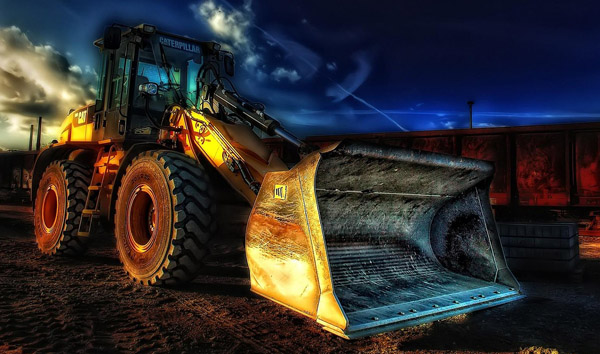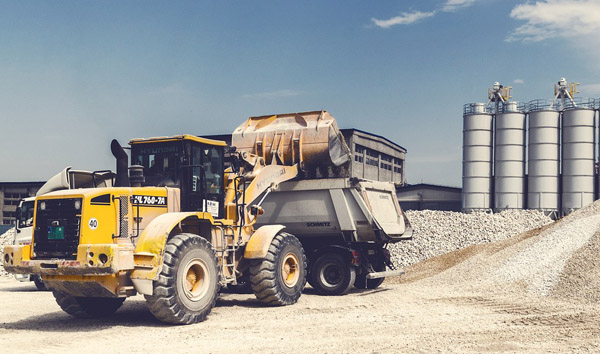The Mechanics of Differential Lock in 4WD Rough Terrain Stackers
2025-07-18 05:20:25
The integration of differential lock systems in 4WD rough terrain stackers has revolutionized material handling in off-road and uneven environments. Unlike conventional drivetrains, a differential lock ensures that power is evenly distributed to all wheels, preventing slippage and maximizing traction. This is particularly crucial for rough terrain stackers, where stability and load-bearing capacity are paramount.
Differential lock mechanisms work by mechanically locking the differential, forcing both wheels on an axle to rotate at the same speed. In a 4WD rough terrain stacker, this feature is indispensable when navigating muddy, rocky, or uneven surfaces. Without it, a single wheel losing traction could render the entire vehicle immobile. Industry data shows that stackers equipped with differential locks experience 30% fewer operational delays in rough terrain compared to those without.
The 4WD system further enhances the effectiveness of differential locks by ensuring all four wheels receive power. When combined, these technologies allow rough terrain stackers to maintain forward momentum even in the most adverse conditions. For example, in construction sites or mining operations, where ground conditions are unpredictable, differential lock-equipped 4WD stackers demonstrate superior maneuverability and load stability.
One of the key advantages of differential lock in 4WD rough terrain stackers is its ability to minimize tire wear. By preventing excessive wheel spin, the system reduces unnecessary friction, extending tire lifespan by up to 20%. Additionally, operators report smoother handling and reduced strain on the drivetrain, leading to lower maintenance costs over time.
In conclusion, the differential lock is a critical component in modern 4WD rough terrain stackers, ensuring reliability and efficiency in demanding applications. As industries continue to push the boundaries of material handling in extreme environments, advancements in differential lock technology will remain a cornerstone of performance optimization. Future developments may include automated locking systems that engage based on real-time terrain analysis, further enhancing operational safety and productivity.














